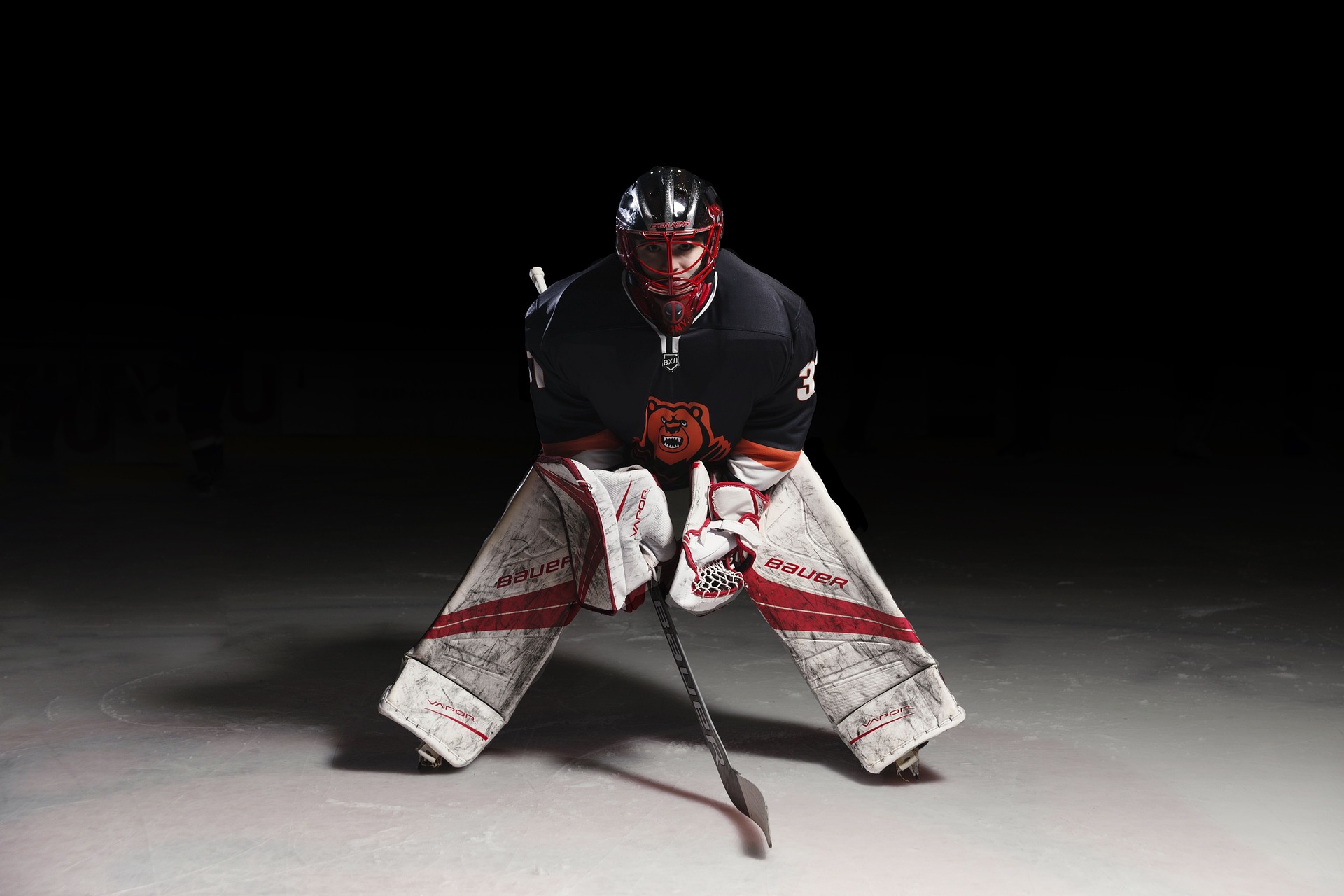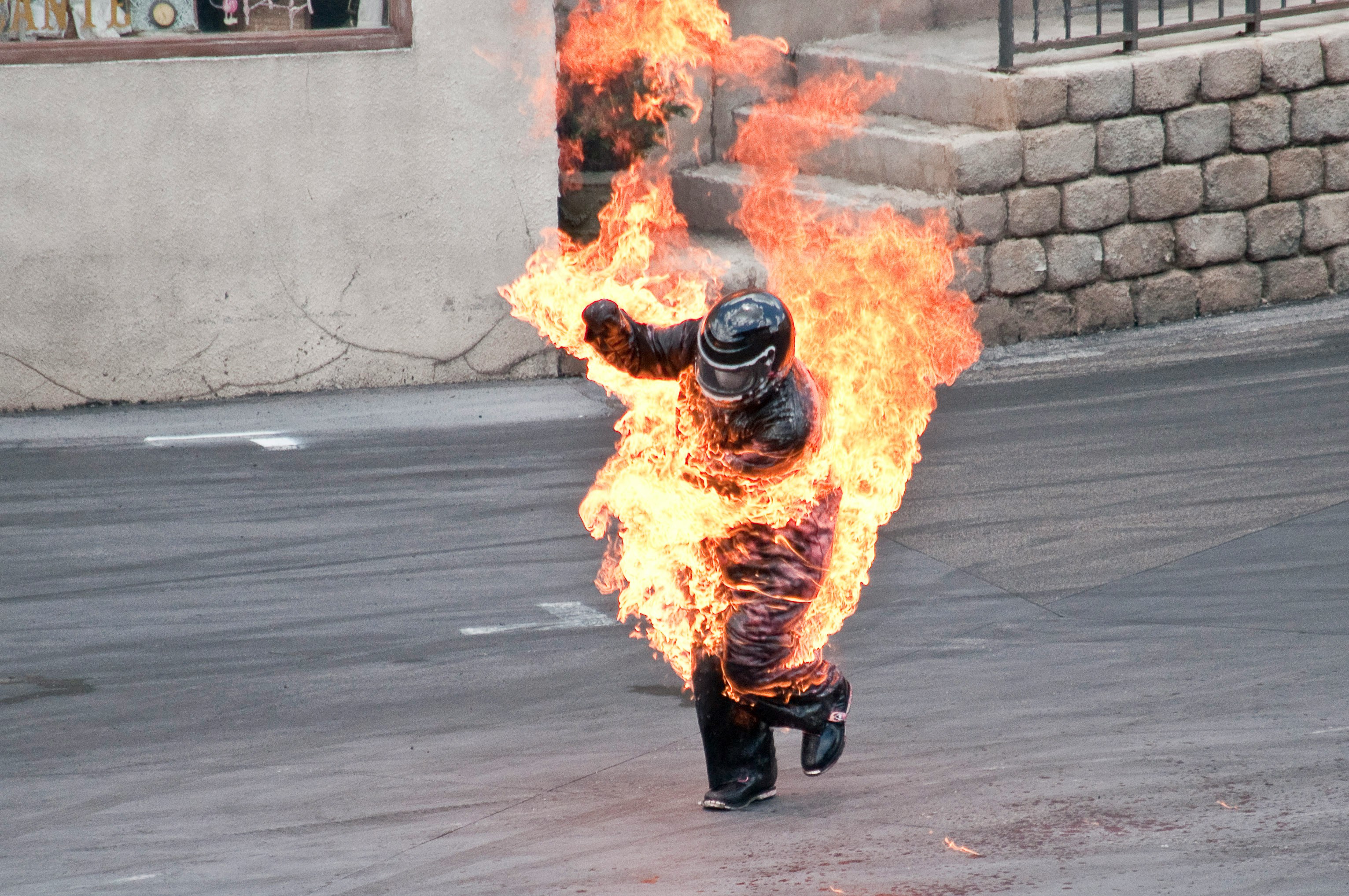Unleashing the Power of Visualization in Sports
Imagine a basketball player, moments before a crucial free throw, visualizing the ball smoothly sailing through the net. Or a golfer, standing on the tee box, mentally rehearsing the perfect swing. This practice, known as visualization, has long been a powerful tool in the world of sports. In this article, we delve into the fascinating realm of visualization, exploring its history, benefits, challenges, and real-world applications. With expert insights and engaging anecdotes, we'll uncover how athletes across various disciplines harness the power of the mind to enhance their performance.

Imagine a basketball player, moments before a crucial free throw, visualizing the ball smoothly sailing through the net. Or a golfer, standing on the tee box, mentally rehearsing the perfect swing. This practice, known as visualization, has long been a powerful tool in the world of sports. In this article, we delve into the fascinating realm of visualization, exploring its history, benefits, challenges, and real-world applications. With expert insights and engaging anecdotes, we’ll uncover how athletes across various disciplines harness the power of the mind to enhance their performance.
The Roots of Visualization in Sports
The concept of visualization in sports can be traced back to ancient civilizations, where warriors and athletes would use mental imagery to prepare for battles and competitions. However, it wasn’t until the 20th century that the scientific community began to recognize the potential of visualization as a performance enhancement technique. Pioneers like Dr. Bruce Lipton and Dr. Joe Dispenza have shed light on the connection between the mind and body, highlighting the role of visualization in shaping our reality.
The Science Behind Visualization
Visualization is rooted in the principles of neuroplasticity, the brain’s ability to reorganize itself by forming new neural connections. By mentally rehearsing a skill or performance, athletes can create neural pathways that mirror the physical action. This mental rehearsal strengthens the neural connections, making it easier for the body to execute the desired movement with greater precision and confidence.
Research has shown that visualization can have a significant impact on various aspects of athletic performance, including:
- Cognitive Performance: Visualization enhances focus, concentration, and mental clarity, allowing athletes to maintain their composure under pressure.
- Motor Skills: Mental rehearsal can improve motor skills, such as shooting a basketball or swinging a golf club, by strengthening the neural connections associated with those movements.
- Emotional Regulation: Visualization can help athletes manage their emotions, reducing anxiety and increasing self-confidence.
- Recovery and Injury Prevention: Mental imagery has been shown to aid in injury recovery and prevention by strengthening the mind-body connection.
Real-World Applications of Visualization
Visualization has become a staple in the training regimens of many professional athletes. From basketball players to golfers, tennis stars to Olympic swimmers, athletes across various disciplines have harnessed the power of visualization to reach new heights. Here are some examples of how visualization is used in sports:
- Basketball: Players often visualize their shots going in, focusing on the perfect form and release. This mental rehearsal can help improve shooting accuracy and confidence.
- Golf: Golfers use visualization to mentally rehearse their swings, focusing on the ideal body positioning and club movement. This mental practice can lead to improved consistency and control.
- Tennis: Tennis players employ visualization to anticipate their opponents’ moves, mentally rehearsing their own responses. This mental preparation can help athletes react more quickly and effectively during matches.
- Swimming: Swimmers use visualization to mentally rehearse their strokes, focusing on the sensation of the water and the movement of their body. This mental practice can help swimmers improve their technique and efficiency.
Challenges and Limitations
While visualization can be a powerful tool for athletes, it’s essential to recognize its limitations. Visualization should complement physical training, not replace it. Additionally, visualization may not be effective for everyone, and some athletes may find other mental preparation techniques more beneficial.
Expert Insights
We spoke with Dr. John F. Murray, a renowned sports psychologist, about the power of visualization in sports. Dr. Murray emphasized the importance of consistency and specificity in visualization exercises. He recommends that athletes visualize their performances in detail, focusing on all the sensory experiences associated with the activity.
“Visualization is a skill that requires practice,” Dr. Murray said. “Athletes should make it a regular part of their training regimen, just like physical practice. The more specific and detailed the visualization, the more effective it will be in enhancing performance.”
Conclusion
Visualization is a powerful tool that can help athletes improve their performance, focus, and emotional regulation. By mentally rehearsing their skills and performances, athletes can create neural pathways that mirror the physical action, making it easier for the body to execute the desired movement with greater precision and confidence. While visualization should complement physical training, not replace it, and may not be effective for everyone, it has become a staple in the training regimens of many professional athletes. With expert insights and engaging anecdotes, we’ve explored the fascinating realm of visualization, uncovering how athletes across various disciplines harness the power of the mind to enhance their performance.




